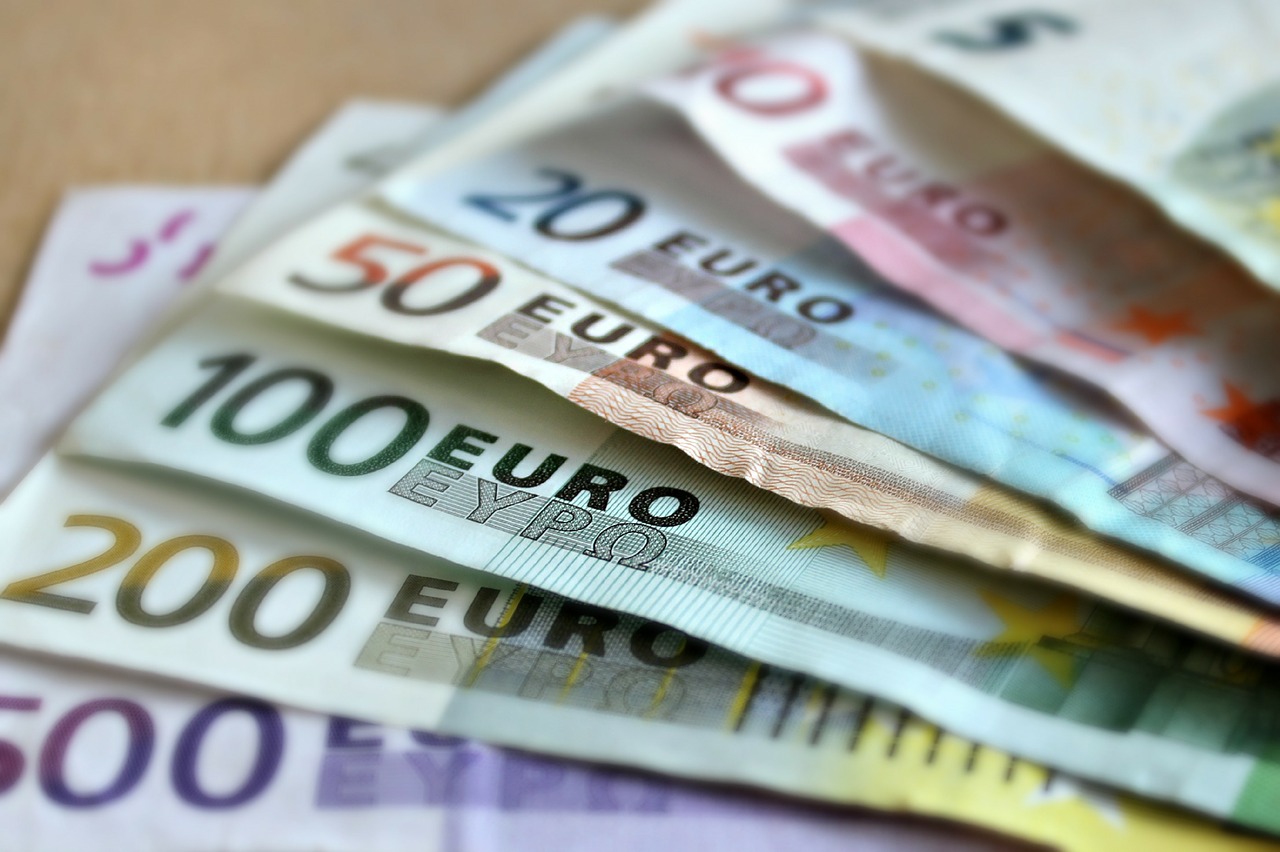Blog

Learning the Market and Investing in Euro
The creation ofthe Euromarket around 1957 eventually turned the European Union (EU) into a stable economic power. When the “one market” ideal (no tariffs, standardized import duties) became “one currency,” the euro became a strong currency player, reaching a peak value of USD 1.59 in 2008.
Understanding Investment in the Euro Market
In the Euromarket design, it seems like if one nation falls, the rest will tumble after. However, the structural design of the EU promotes its long-term recovery.
To begin with, there are three anchor economies of the EU: the United Kingdom (UK), Germany, and France. The UK retained the British pound, while Germany and France use the euro. The European Central Bank is in Germany, making it the central anchor-economy for the EuroZone. They anchor euro values.
Investing in the Euro
Here, the investor would buy euro under the belief it will appreciate in relative value to the dollar. Like with stock trading, it is a question of how high it will appreciate before it can be sold.
To know if investment in the euro is an advisable move, there are two news trends that should be studied. The first is the state of the EU’s strongest economies, and the second is the present and projected state of the US dollar.
The State of the Union
At the moment, Greece is under scrutiny as its August 20 payment deadline looms. The loan from the European Central Bank that enabled the nation to repay its IMF loans must now be repaid, to the tune of EUR 3.4 million (USD 3.7 million). This, along with the economic slowdown of China, has not kept optimism high for the EU.
On the other hand, Germanindustries saw a 2 percent increase in international contracts this month, their highest since 2011. At the same time, the Bank of England has raised its GDP forecast of the United Kingdom to 2.8% from 2.5%, and kept interest rates low, encouraging investments as the low oil prices help manage inflation. In addition, Market analysts project that the EuroZone will grow by 1.5% percent this year, as the European Union increases protection for its investors.
The Euro in Relation to the Dollar
After posting a projected annual 2.3% GDP growth in the second quarter, the US dollar is set to increase in value this year. The Federal Reserve plans to increase interest rates late this year as the economy is growing well enough to handle the hike.
“The Euro had made a slight recovery from its $1,06 against the dollar to $1,1351. It seems, however, that it’s back on the track investors were thinking it would be. It’s currently trading at $1,0984 against the dollar.” (Courtesy of anyoption.com).
The rates have been at emergency levels since 2011, to counteract the results of the 2009 financial crisis. Since currency values are always relative to one another, the strengthening of the dollar at the same time as the euro may negate euro appreciation.
The Euro: Worth the Investment?
Looking at the current stability and growth of the EuroZone, it seems as if the region will be back on its feet in the long-term. Although the dollar is set to strengthen this year, the longer-term growth trend of euro strength seems set to outpace the fluctuations of the dollar in the short-term. Investment in the euro remains a worthwhile investment option.



Comments